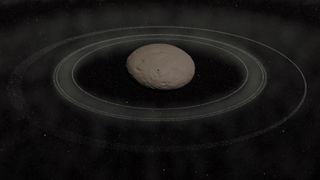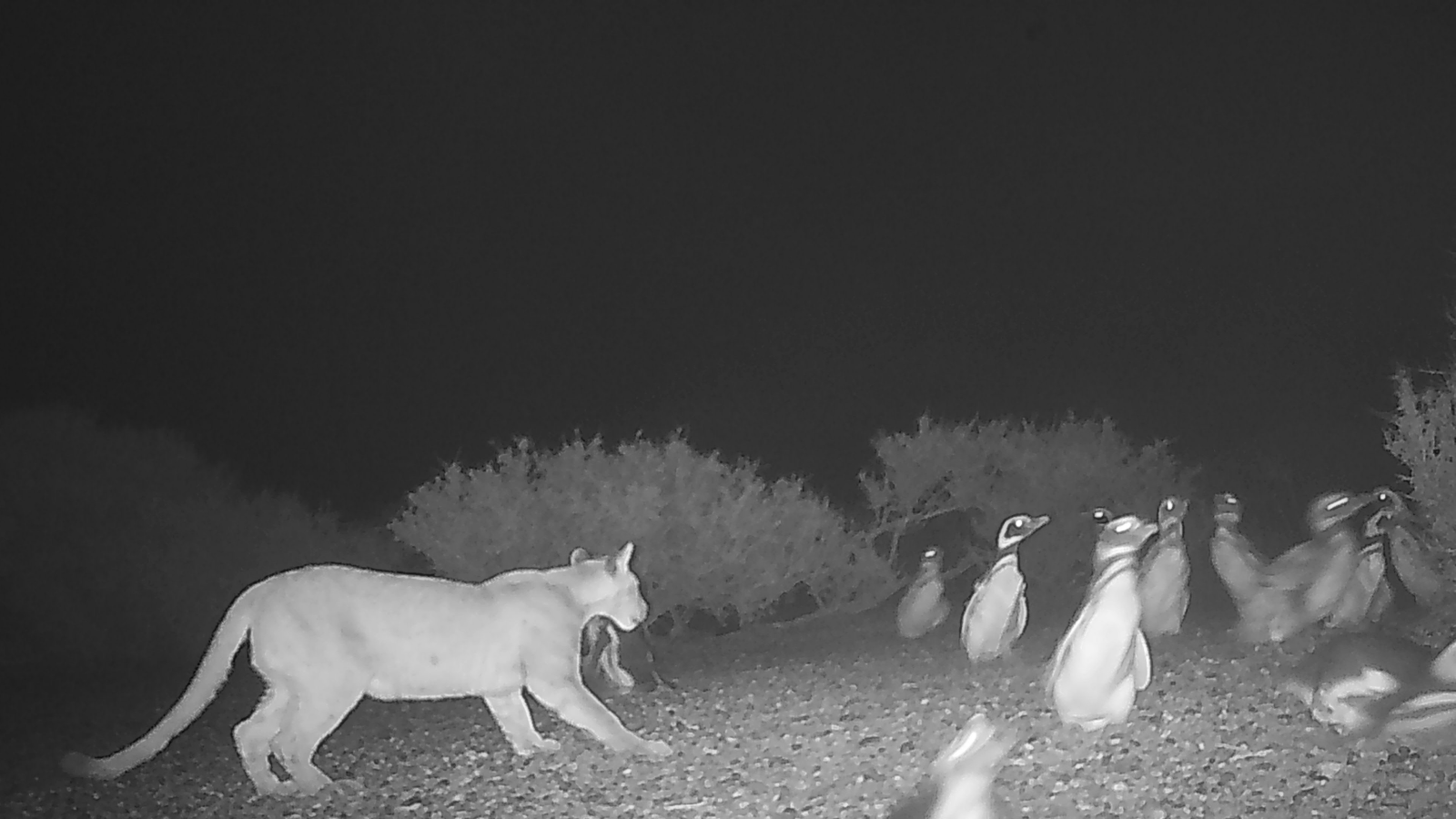Astronomy news, features and articles
Explore Astronomy
Latest about Astronomy
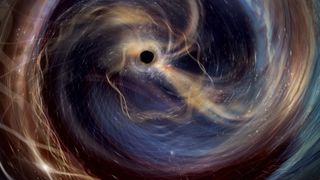
Physicists detect rare 'second-generation' black holes that prove Einstein right... again
By Elizabeth Howell published
Physicists have analyzed two enormous black hole mergers that happened one month apart and have come up with tantalizing evidence that rare "second-generation" black holes were involved.
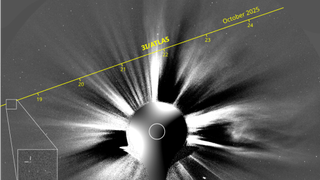
NASA spacecraft reveal interstellar comet 3I/ATLAS brightened rapidly as it swooped behind the sun
By Patrick Pester published
Interstellar comet 3I/ATLAS is briefly out of view as it travels around the sun this week, but researchers and amateur astronomers used spacecraft data to track its progress right up until perihelion.
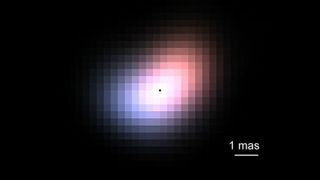
Astronomers discover surprisingly lopsided disk around a nearby star using groundbreaking telescope upgrade
By Harry Baker published
Researchers armed with a new "photonic lantern" device have discovered an unexpectedly asymmetrical disk of gas swirling around a mysterious star 162 light-years from Earth. The new technology could revolutionize ground-based astronomy, the researchers claim.
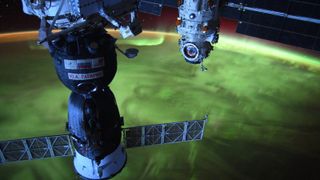
The next Carrington-level solar superstorm could wipe out 'all our satellites,' new simulations reveal
By Harry Baker published
New ESA simulations suggest that a solar storm on par with the 1859 Carrington Event could wreak havoc on Earth-orbiting satellites — and it is a question of "when," not "if" this will happen, experts say.

Mystery of the sun's mind-bogglingly hot atmosphere may finally be solved
By Elizabeth Howell published
Scientists have spotted elusive "magnetic waves" in the sun's atmosphere that may explain why the sun's corona is much hotter than its surface.
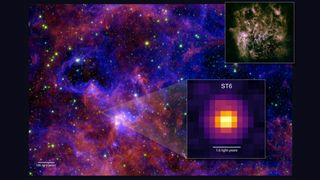
Building blocks of life detected in ice outside the Milky Way for first time ever
By Skyler Ware published
New observations from the James Webb Space Telescope have uncovered five complex organic molecules trapped in the ice around a star outside our galaxy. This cosmic first hints that the stuff of life may be widespread throughout space.
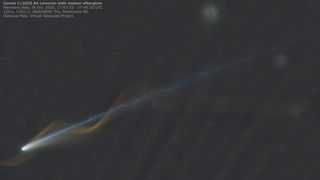
'Miracle' photo captures Comet Lemmon and meteor seemingly entwined over Earth
By Brandon Specktor published
An astronomer in Italy caught a fortuitous image of the bright comet Lemmon seemingly entwined with the glowing trail of a "shooting star."
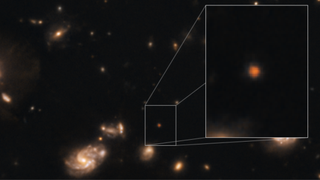
'Puzzling' object discovered by James Webb telescope may be the earliest known galaxy in the universe
By Sophie Berdugo published
While scouring images from the James Webb Space Telescope, astronomers spotted Capotauro, "one of the most puzzling discoveries" to date.
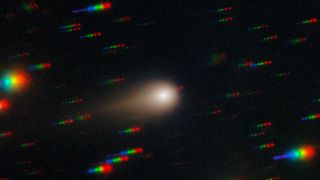
Interstellar object 3I/ATLAS is about to get very active — Space photo of the week
By Brandon Specktor published
The interstellar comet 3I/ATLAS is barreling toward its closest point to the sun as perihelion looms on Oct. 29. How different will it look when it reappears on the other side?
Get the world’s most fascinating discoveries delivered straight to your inbox.


